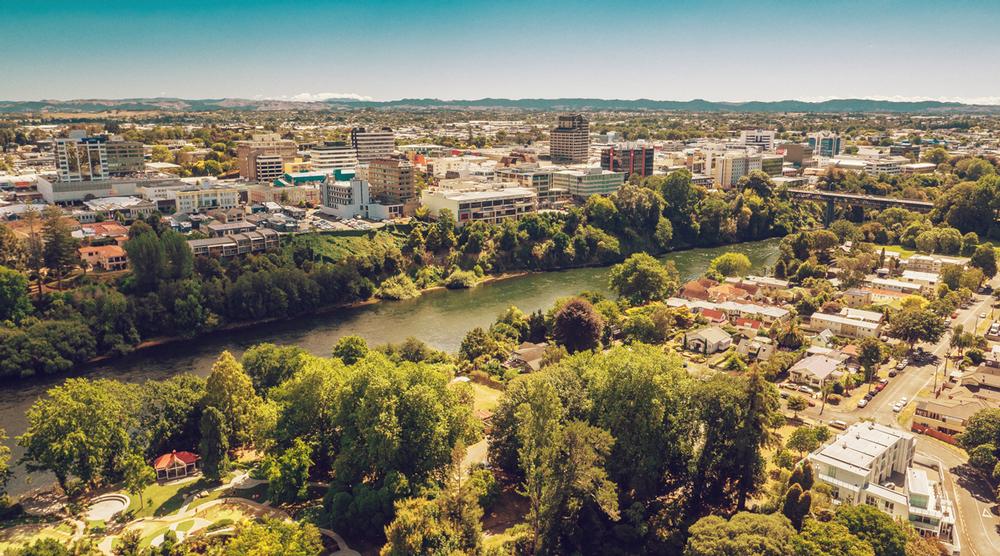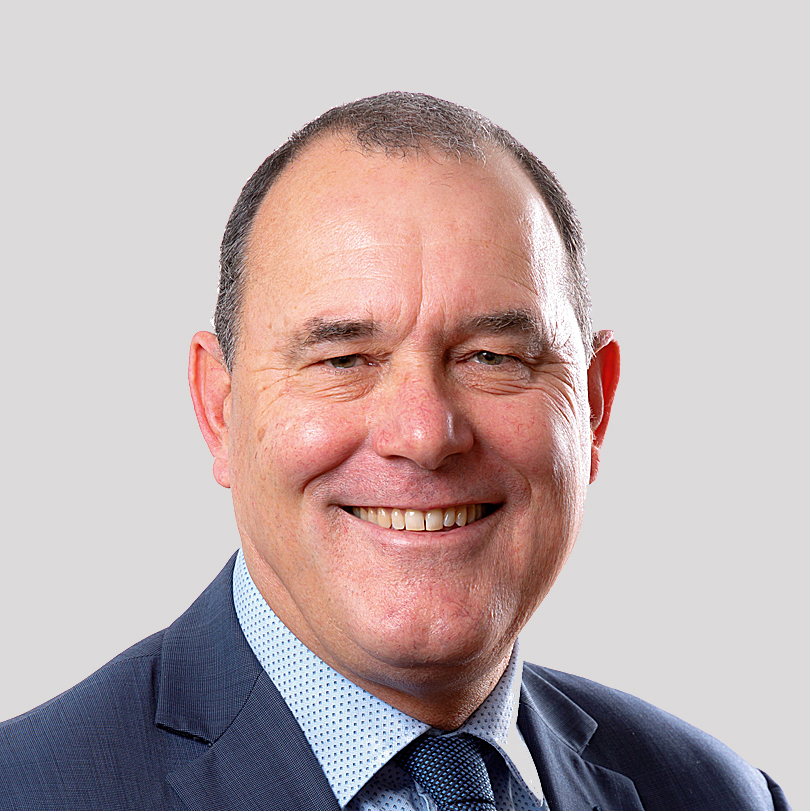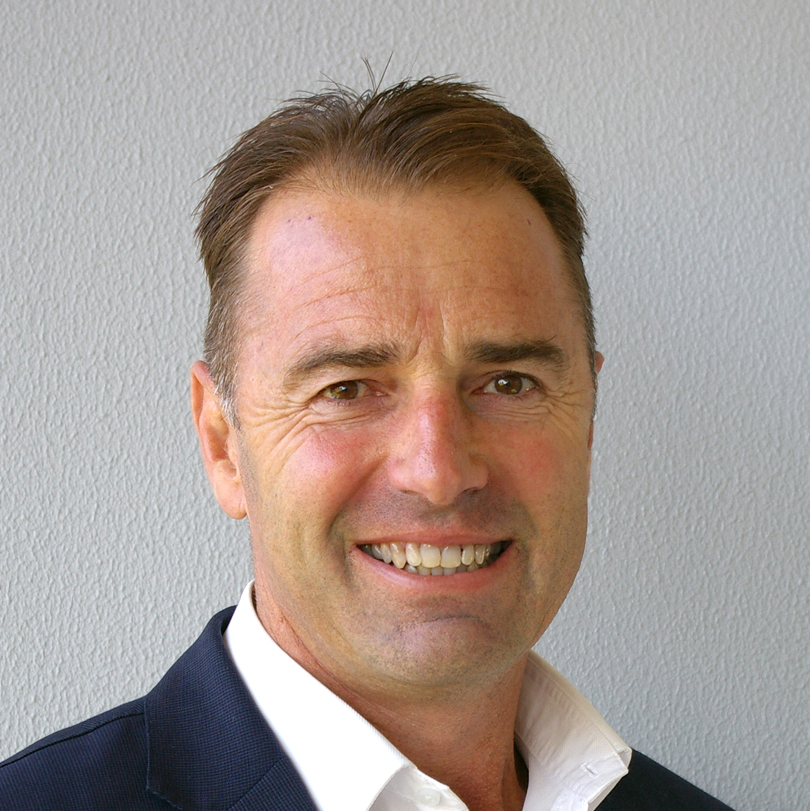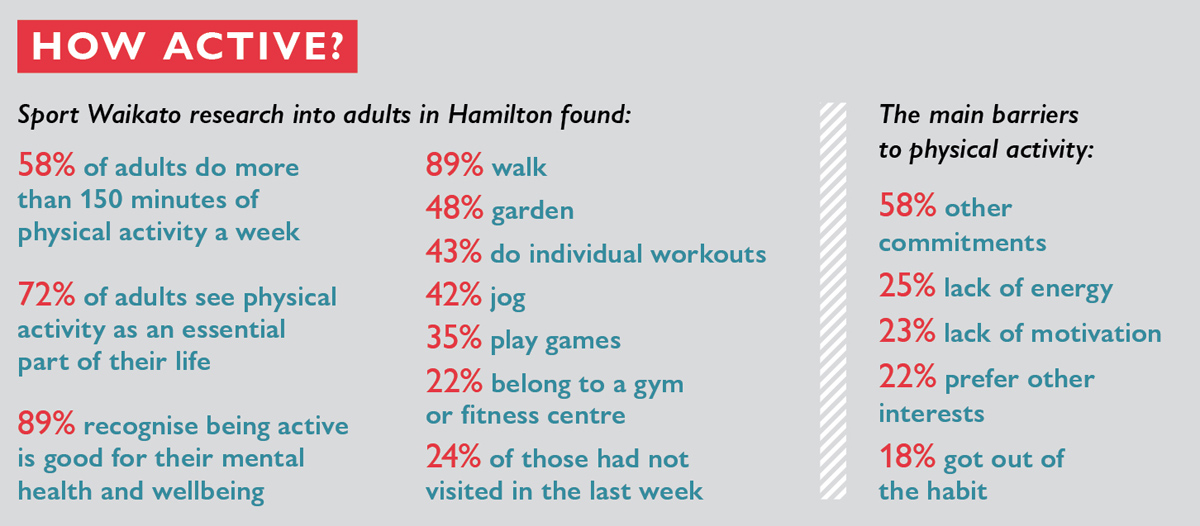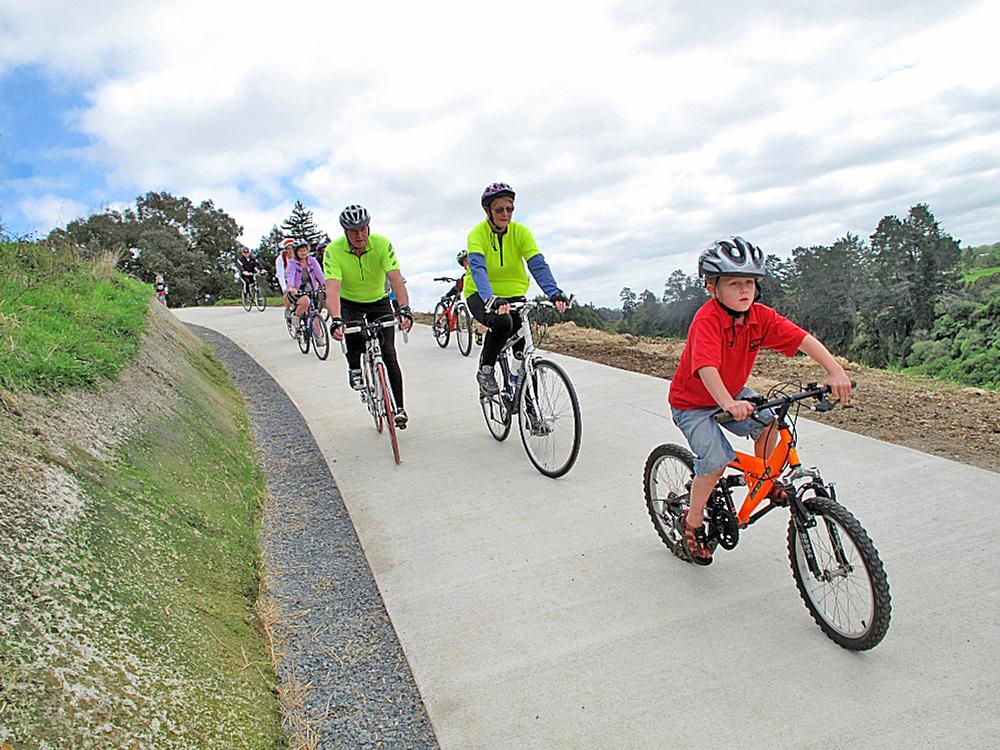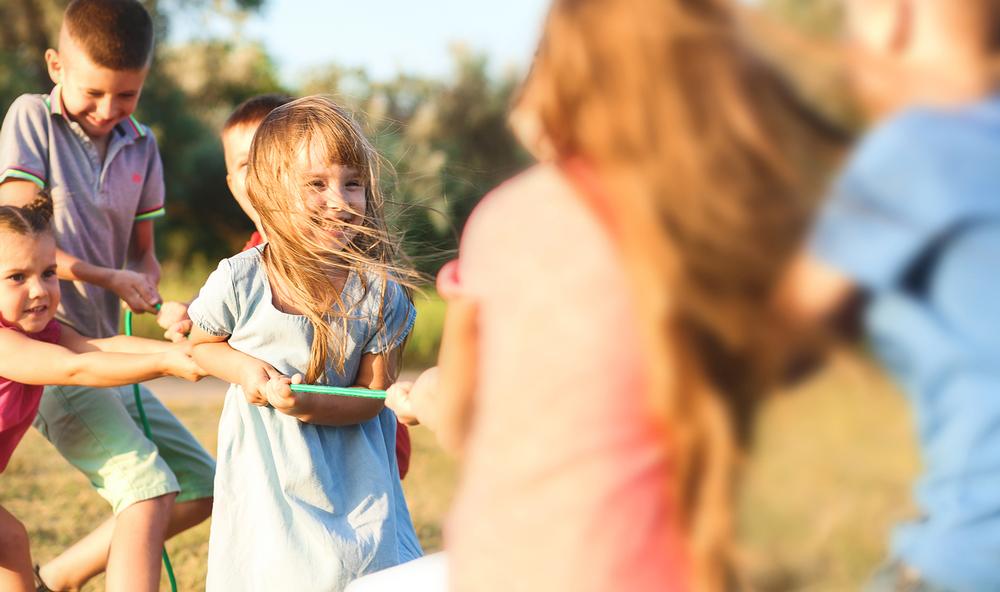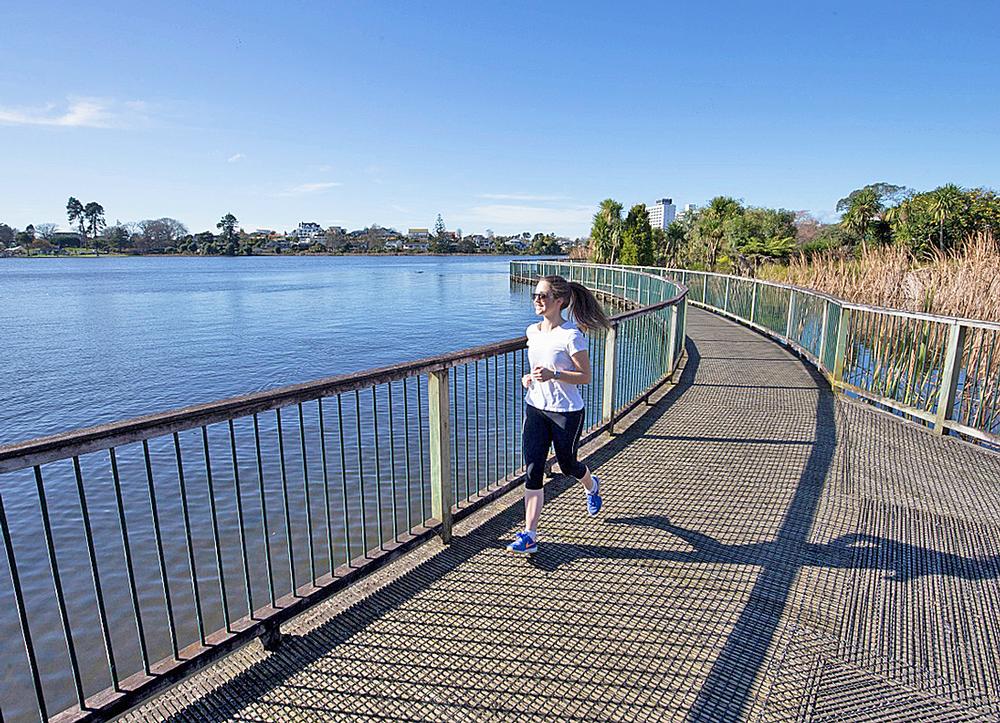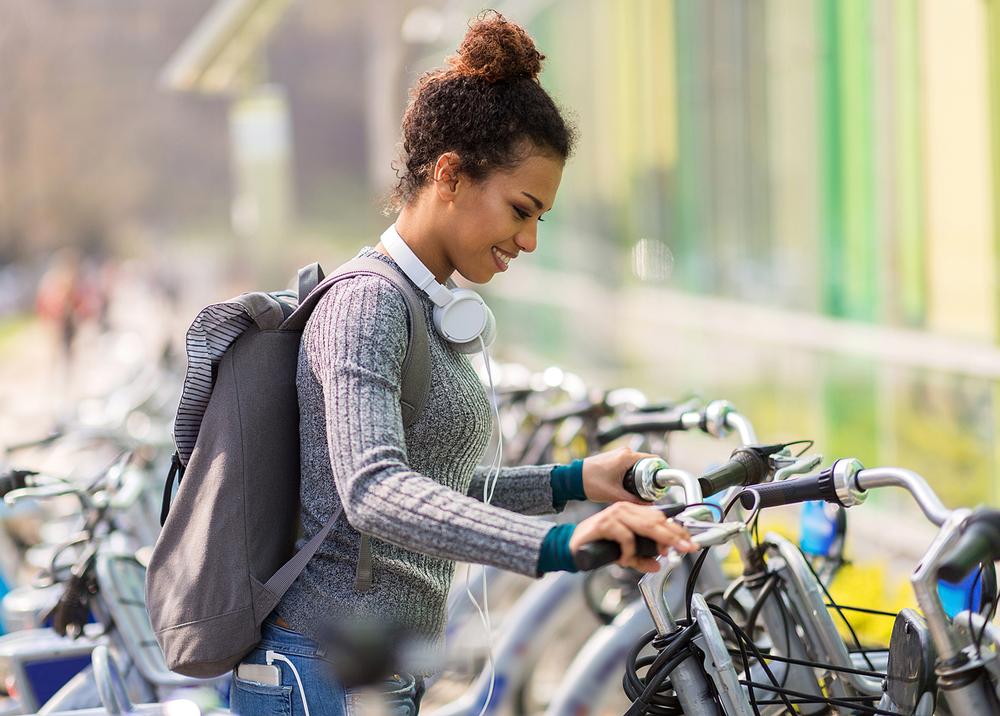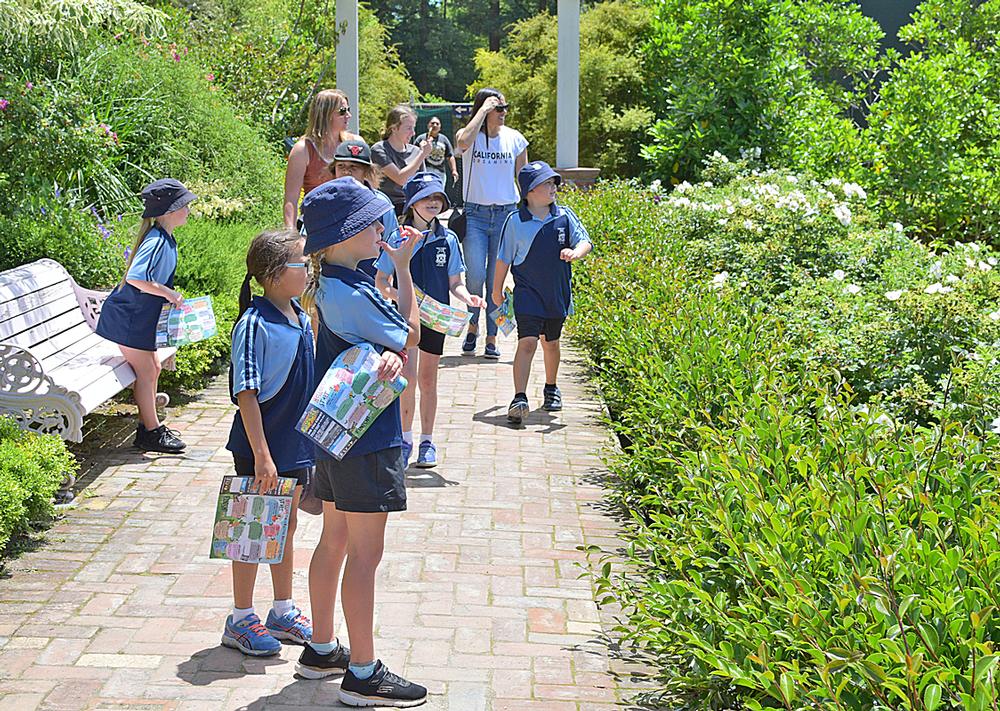Underpasses becoming climbing walls, community access to school facilities, better integrated cycling and walking infrastructure and a mobile play trailer are all being considered by Hamilton City Council as ways of giving the city an injection of fun and encouraging people to travel by bike or on foot.
The city, in the Waikato region of the North Island – famous as the location of Middle Earth and The Shire, in The Lord of the Rings – is blessed with beautiful natural resources and an active population, but is still grappling with increases in obesity levels.
The New Zealand Health Survey 2019/20 found that one in three adults aged 15 and over were obese (30.9 per cent), with the prevalence of obesity differing with ethnicity: being 63.4 per cent in Pacific Islanders, 47.9 per cent in Maoris, 29.3 per cent in European/other and 15.9 per cent in Asians.
National activity guidelines in New Zealand are for adults to do 150 minutes of moderate exercise or 75 minutes of vigorous exercise throughout the week, but to double this for extra health benefits.
Having spent time living in New Zealand during the early noughties, it was great to see how much time people spent being active outdoors. This was thanks largely to the magnificent natural environment and the energetic Kiwi mindset, but government encouragement played a part too. The jingle from a public health advert still sticks in my mind, reminding me to “push play for 30 minutes a day.”
This belief in play being good for you has now been put at the heart of a sports and recreation strategy devised by Hamilton City Council, in consultation with the public, local sports clubs and other stakeholders, including Sport Waikato, which promotes play, active recreation and sport throughout the Waikato region.
The Play Strategy aims to boost physical activity levels by providing playful opportunities around the city for everyone and in so doing, transforming Hamilton into New Zealand’s most playable city.
Three different types of play are defined under the strategy: spontaneous play, organised sport and informal recreation.
Exercise should be fun
A review of Hamilton’s sports and recreation strategy, carried out in 2018, revealed two key findings: firstly that participation in organised sport – both in the city and nationally – was declining and although people understood the health benefits of physical activity, this wasn’t always translating into action; secondly, while participation in organised sport was declining, it was actually increasing in informal recreation.
The research also showed that 52 per cent of participants will only do physical activity if it’s fun – rising to 62 per cent among those aged five to 17 and that council assets, such as roads, walkways, public parks, fields and playgrounds, were the most common places for people to be physically active.
“This begged the question: what if we focus on play and fun for all ages?” says Hamilton City Council general manager community, Lance Vervoort. “What if fun was at the centre of our strategy and achieving the physical activity guidelines was a by product of fun? Would making the city more playful support people to play more?
“These questions provided a change in mindset, which enabled staff to focus on play for everyone and to reframe council assets such as walkways, street trees, open spaces, gullies, sports parks, aquatic facilities, footpaths and streets as play infrastructure where people can engage in physical movement and fun.”
Hamilton council manages a range of infrastructure, including more than 1100 hectares of open space, two aquatic facilities and more than 1000k of off-road cycle and walkways, suburban streets and footpaths, which will be used to deliver new playful environments.
Reclaim the streets
Implementation is happening primarily through the council’s long-term plan process, which is developed every three years, with a 10-year horizon, and since the strategy was adopted, in 2019, it has informed a number of potential projects and programmes.
“Initiatives under the Play Strategy will create more opportunities for Hamiltonians to be active in spontaneous and informal ways and help to support similar work occurring in councils across the region and the rest of the country,” says Sport Waikato CEO, Matthew Cooper. “The organisation’s big hairy audacious goal is for 75 per cent of people in the region to meet the national physical activity guidelines.”
One of the main challenges is behaviour change within the organisation and also to reimagine spaces which have not traditionally contributed towards play outcomes, such as the streets.
“Streets used to be places to play and for social connection but presently the focus on streets is almost purely as a network for moving cars,” says Vervoort. “We’d like to see a return of suburban streets to being the realm of children and grown-ups engaging in play.”
Reimagining the city
According to Vervoort, the strategy has already captured the hearts and minds of the public, as well as council staff responsible for developing parks and open spaces: “The focus on play seems to prompt people to connect with their childhoods and remember how they played, which enables innovative thinking about how we might reimagine Hamilton city.”
Going forward, Cooper believes tackling the environment of cities will be vital in order to increase activity and deal with a variety of health challenges. “Cities can either build-in inactivity, through car-based development and a lack of walking and cycling infrastructure, or make it easy to be active every day, which we know has a range of physical, social, emotional and mental benefits,” he says.
“The built form in a city has a very real impact on our bodies. Decisions councils make around parks, open spaces and alternative transport options will contribute to people’s choices about walking, biking or driving a car. Connecting walkways and cycleways and open spaces to key places of employment, education and recreation makes a real difference to the health of a community.”








